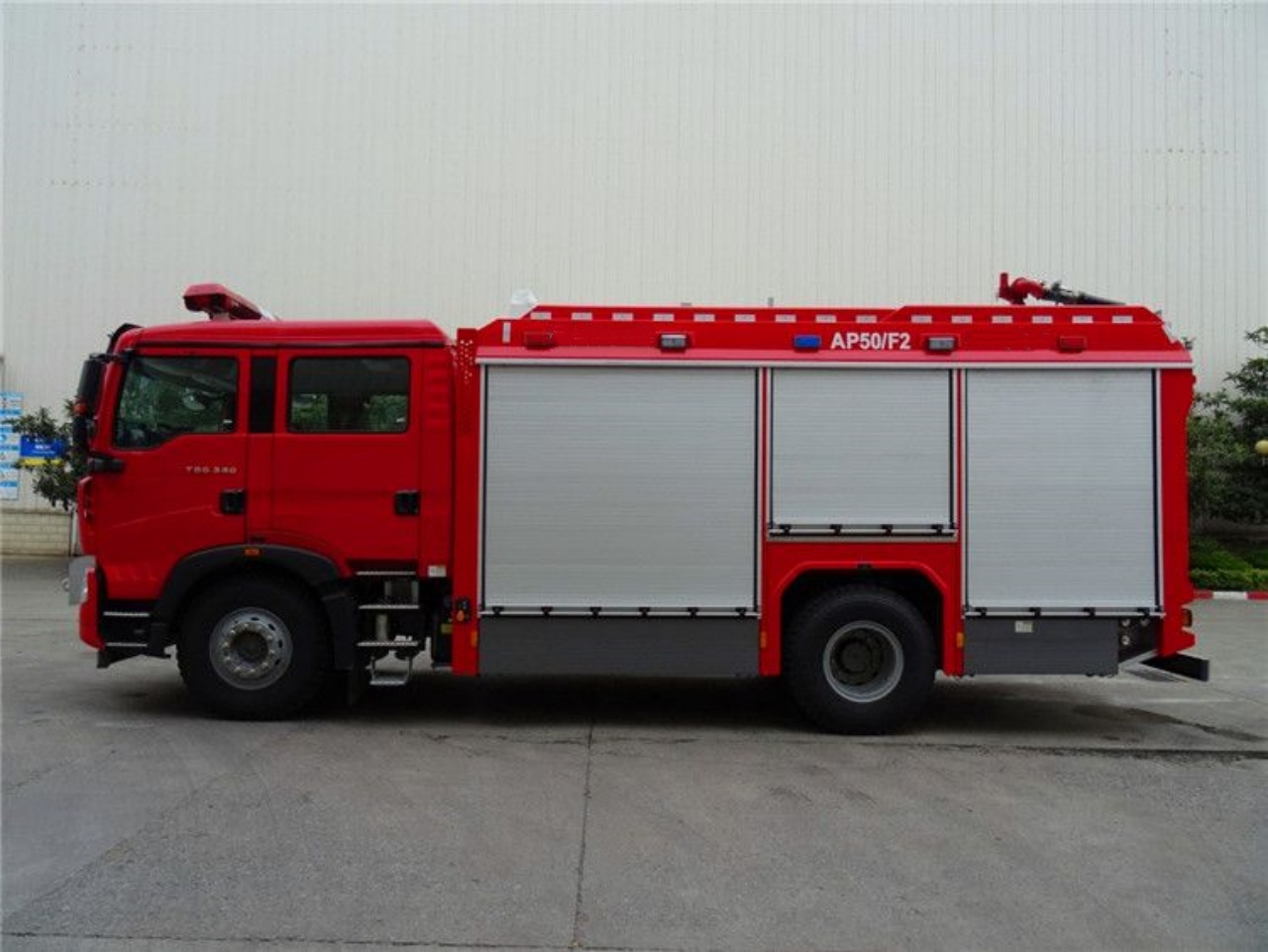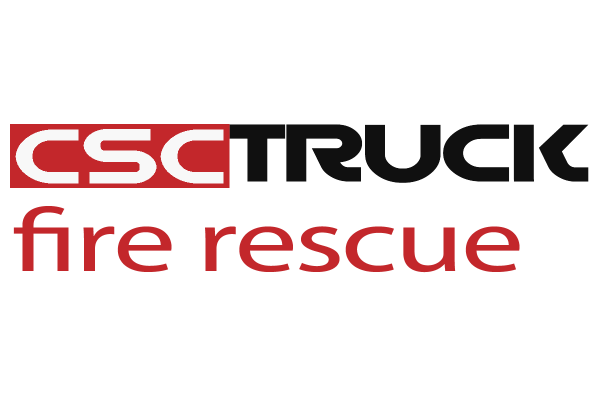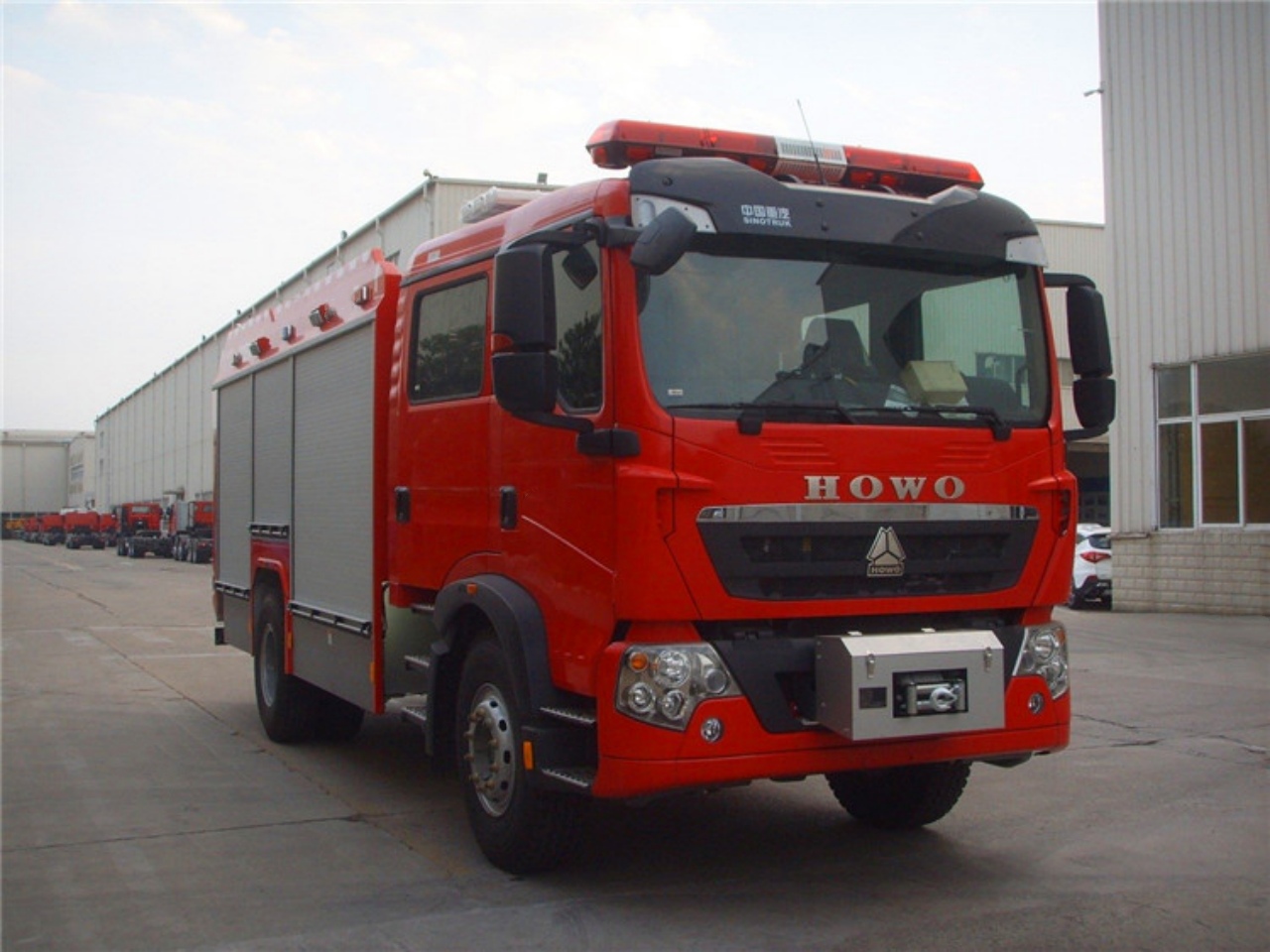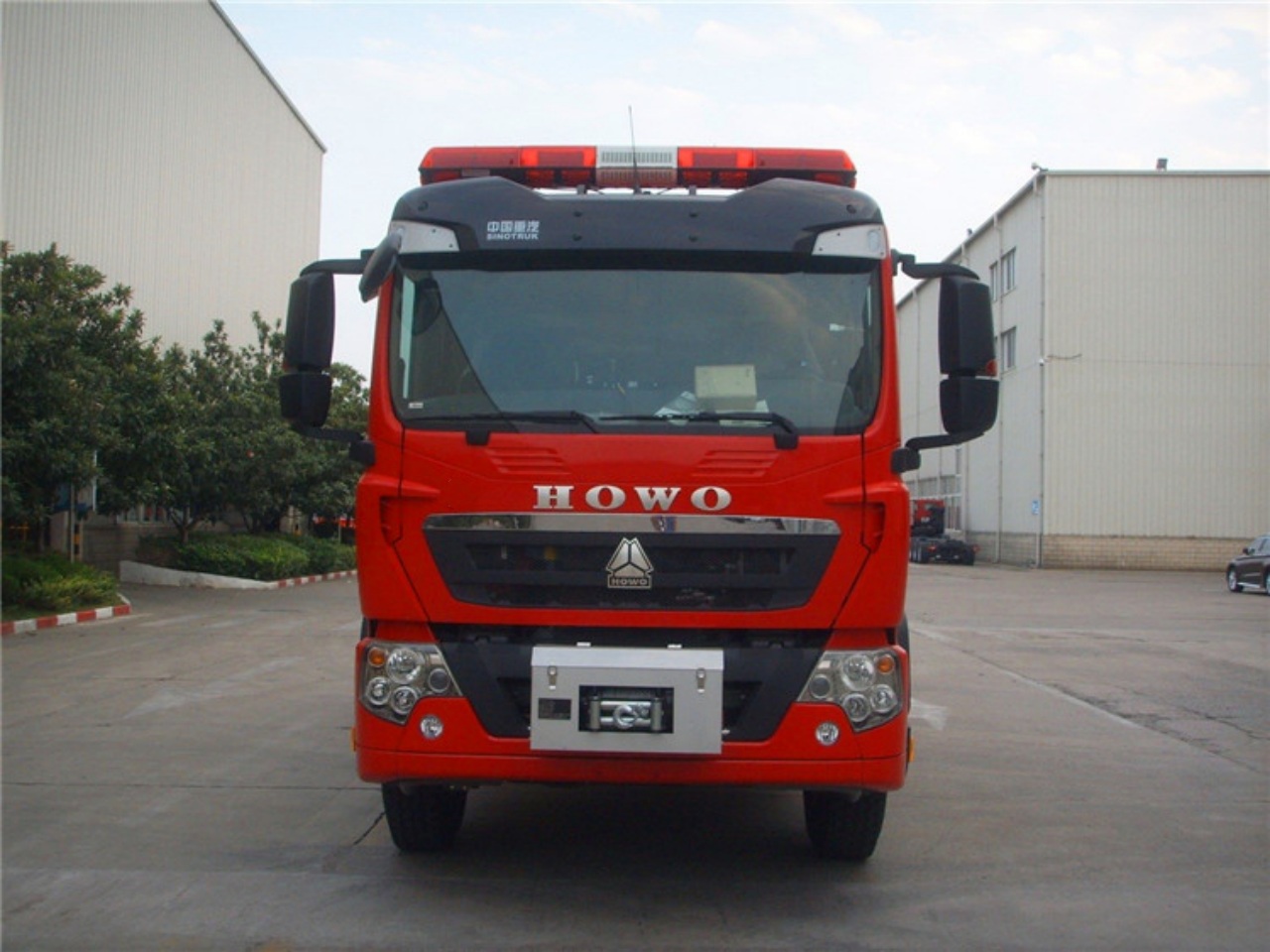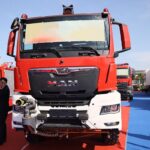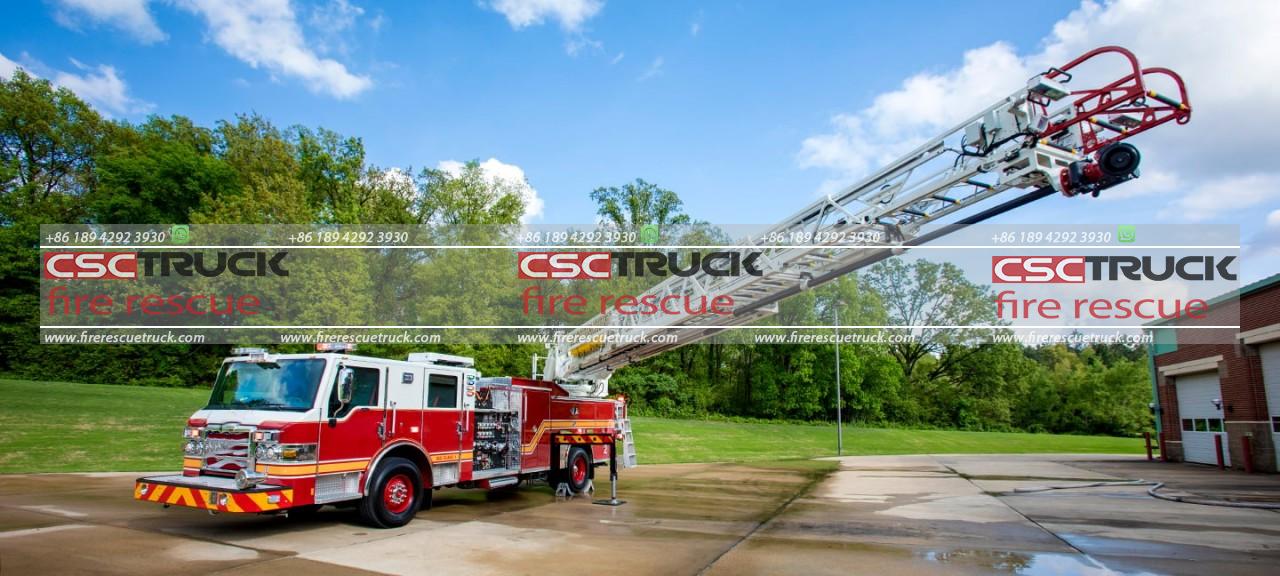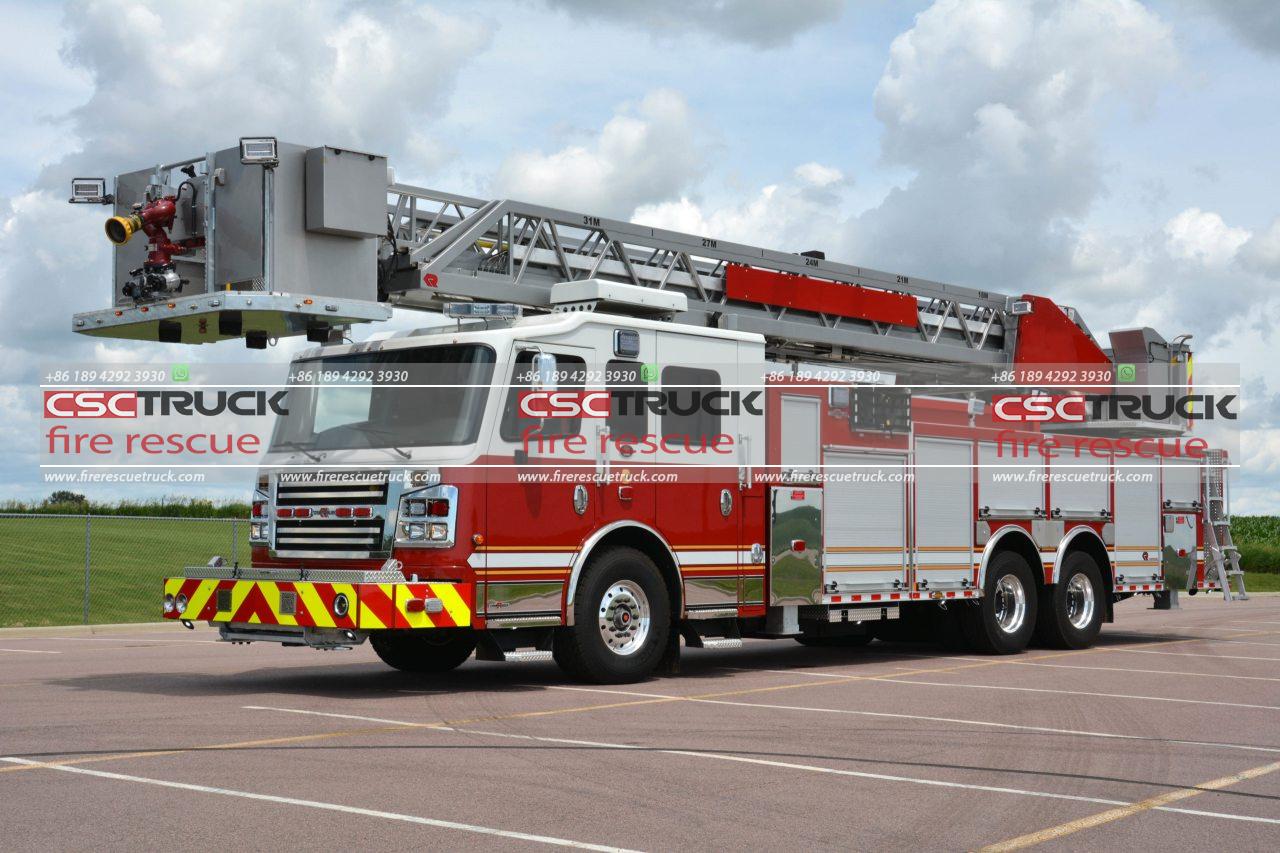In the ever-evolving landscape of fire safety, specialized firefighting vehicles have become indispensable, especially in high-risk environments. Among these, the Advanced Foam Fire Truck has emerged as a cornerstone in the protection of industrial facilities and the mitigation of Class B fires, which involve flammable liquids such as gasoline, oil, and other petrochemical products. These trucks are engineered to meet the rigorous demands of modern industrial fire hazards, combining cutting-edge foam suppression technology with robust vehicle platforms to deliver unmatched firefighting performance.
Understanding Class B Fires and Industrial Fire Risks
Class B fires are among the most dangerous types of fires due to their volatile and rapidly spreading nature. Originating from flammable or combustible liquids and gases, they are common in chemical plants, oil refineries, fuel storage depots, airports, and manufacturing facilities. Unlike Class A fires that involve ordinary combustibles, Class B fires cannot be extinguished with water alone, as water may spread the flammable liquid and worsen the situation.
In industrial settings, the stakes are even higher. The presence of pressurized systems, high temperatures, hazardous chemicals, and confined spaces means that a small ignition source can quickly escalate into a catastrophic event. As such, a dedicated and specialized response unit, such as the advanced foam fire truck, is essential for mitigating the damage and protecting both lives and property.
What Makes Foam Fire Trucks Unique?
Foam fire trucks differ from conventional water-based fire engines by utilizing firefighting foam, which is more effective against flammable liquids. The foam forms a blanket over the fuel, cutting off the fire’s oxygen supply and preventing the release of flammable vapors. There are several types of firefighting foams—Aqueous Film Forming Foam (AFFF), Alcohol-Resistant AFFF (AR-AFFF), and Fluoroprotein foams—all of which are designed to combat different fire scenarios.
Key features of advanced foam fire trucks include:
- High-capacity foam tanks capable of carrying thousands of liters of foam concentrate.
- Water tanks that can store 5,000 to 10,000 liters or more.
- High-pressure foam proportioning systems that accurately mix foam concentrate with water in real time.
- Roof-mounted and bumper-mounted monitors (nozzles) with adjustable flow rates and remote control capabilities.
- Rapid deployment capabilities including off-road mobility, 6×6 or 8×8 drivetrains, and high-performance engines.
Advanced Technologies in Foam Fire Trucks
Modern foam fire trucks integrate advanced technologies that significantly enhance their efficiency, response time, and adaptability. These technologies are crucial when operating in complex industrial terrains or during large-scale emergency events.
- Automatic Foam Proportioning Systems
Precision foam mixing is vital in ensuring effective fire suppression without wasting resources. Modern proportioning systems are often computer-controlled, allowing the operator to select the desired foam concentration based on the type of fire. These systems automatically adjust flow rates and pressures, ensuring a consistent and optimized foam output. - Remote-Controlled Monitors
Many advanced foam trucks are equipped with roof-mounted or telescopic monitors that can be operated remotely from within the cab. These monitors are capable of delivering foam at ranges up to 80–100 meters with adjustable patterns and high flow rates (up to 6,000 liters per minute), making them ideal for fighting fires from a safe distance. - Integrated Thermal Imaging Systems
Thermal cameras help identify hotspots in industrial fires, which are often obscured by smoke or structural barriers. The ability to detect the heat signature of a fire helps the crew pinpoint the most dangerous areas and direct foam accordingly. - Real-time Communication and GPS
Advanced foam fire trucks are often integrated into centralized command systems, enabling real-time communication, GPS tracking, and telemetry. This enhances coordination during emergencies and ensures that the closest and best-equipped unit responds promptly.
Applications in Industrial and Petrochemical Settings
Foam fire trucks are strategically deployed in industries where Class B fire risks are prevalent. Some of the most common applications include:
- Oil Refineries and Petrochemical Plants
These facilities handle large volumes of flammable materials under pressure and heat. A foam fire truck is essential for the rapid suppression of hydrocarbon fires that could spread rapidly through pipelines and storage areas. - Fuel Storage Depots
With the potential for tank fires, fuel spills, and vapor explosions, foam trucks are often stationed on-site or nearby to deliver an immediate response. - Airports
Aircraft Rescue and Firefighting (ARFF) units use foam fire trucks to combat jet fuel fires, ensuring the safety of passengers and minimizing damage to aircraft and infrastructure. - Chemical Manufacturing Facilities
Facilities that deal with reactive and volatile chemicals often require foam suppression systems capable of handling multiple fire types, particularly those involving polar solvents that require specialized foams. - Power Generation Plants
Especially in gas turbine and diesel generator settings, where oil and fuel systems are extensive, the ability to control a fire quickly using foam is a critical safety feature.
Environmental and Safety Considerations
While foam fire trucks provide superior fire suppression, they also raise environmental and health concerns. Traditional firefighting foams, especially those containing perfluorinated chemicals (PFCs), can persist in the environment and have been linked to health concerns. In response, many manufacturers and fire departments are transitioning to fluorine-free foams (F3) that maintain performance while minimizing ecological impact.
Additionally, modern foam fire trucks are built with operator safety in mind. Enclosed and climate-controlled cabs, ergonomic control panels, backup cameras, and rollover protection systems ensure that firefighters can operate efficiently and safely even under stressful conditions.
Training and Operational Readiness
Advanced equipment requires skilled operators. Fire departments investing in foam fire trucks must also invest in continuous training, drills, and maintenance programs. Operators need to be familiar with:
- Foam chemistry and application techniques
- Equipment maintenance and diagnostics
- Hazard recognition in industrial environments
- Coordination with facility-specific safety teams
Moreover, periodic inspections of foam quality, system calibration, and vehicle systems are crucial to maintaining peak readiness.
Conclusion
The advanced foam fire truck is a vital asset in the modern fire service arsenal, especially in environments where flammable liquid fires pose a significant threat. Its specialized design, powerful suppression capabilities, and integration of advanced technologies make it the first line of defense against Class B and industrial fires. As industries grow and hazards evolve, so too must our firefighting tools. By investing in such high-performance vehicles, industries and municipalities demonstrate a proactive commitment to safety, environmental responsibility, and operational excellence.
